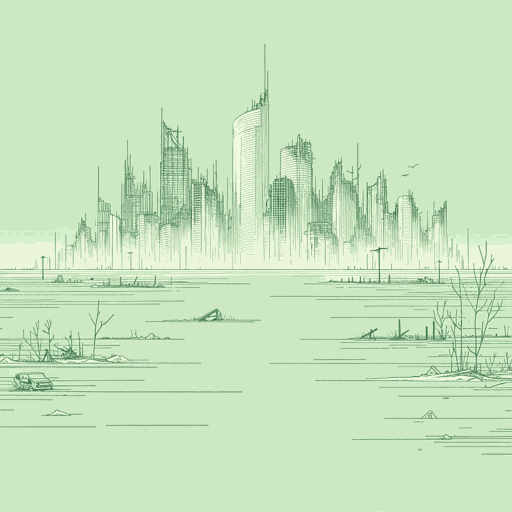52 pages • 1 hour read
Alan WeismanThe World Without Us
Nonfiction | Book | Adult | Published in 2007A modern alternative to SparkNotes and CliffsNotes, SuperSummary offers high-quality Study Guides with detailed chapter summaries and analysis of major themes, characters, and more.
Themes
Nature Is Flux
“Change is the hallmark of nature” (128), Anthony Andrady tells Weisman at the end of Chapter 9. This claim may seem like a truism, especially after digesting the chronicle of past, present, and possible future transformations that is The World Without Us, but it actually represents a relatively new paradigm in the relatively young science of ecology.
In the early 20th century, the first generation of ecologists believed in the “balance of nature”: the idea that, in the absence of interference from humans or exogeneous forces such as fire or meteor strikes, natural systems are inherently stable and static. If a forest burns down, for example, new plants will grow and replace one another in predictable waves until a stable suite of species emerges, perfectly adapted to the specific location and microclimate. This “climax” state will endure until another exogenous disturbance disrupts it. By the 1970s, however, field research was demonstrating that disturbance is in fact integral to ecosystem functioning; the poppy seeds Weisman discusses in Chapter 7, for example, require fire to germinate. Ecologists initially revised the “balance of nature” paradigm only by acknowledging “patches” of change within ecosystems that overall maintained a steady state. In the 1990s, however, dissenters began to argue that long-lasting equilibrium in ecosystem structure is the exception rather than the rule.

